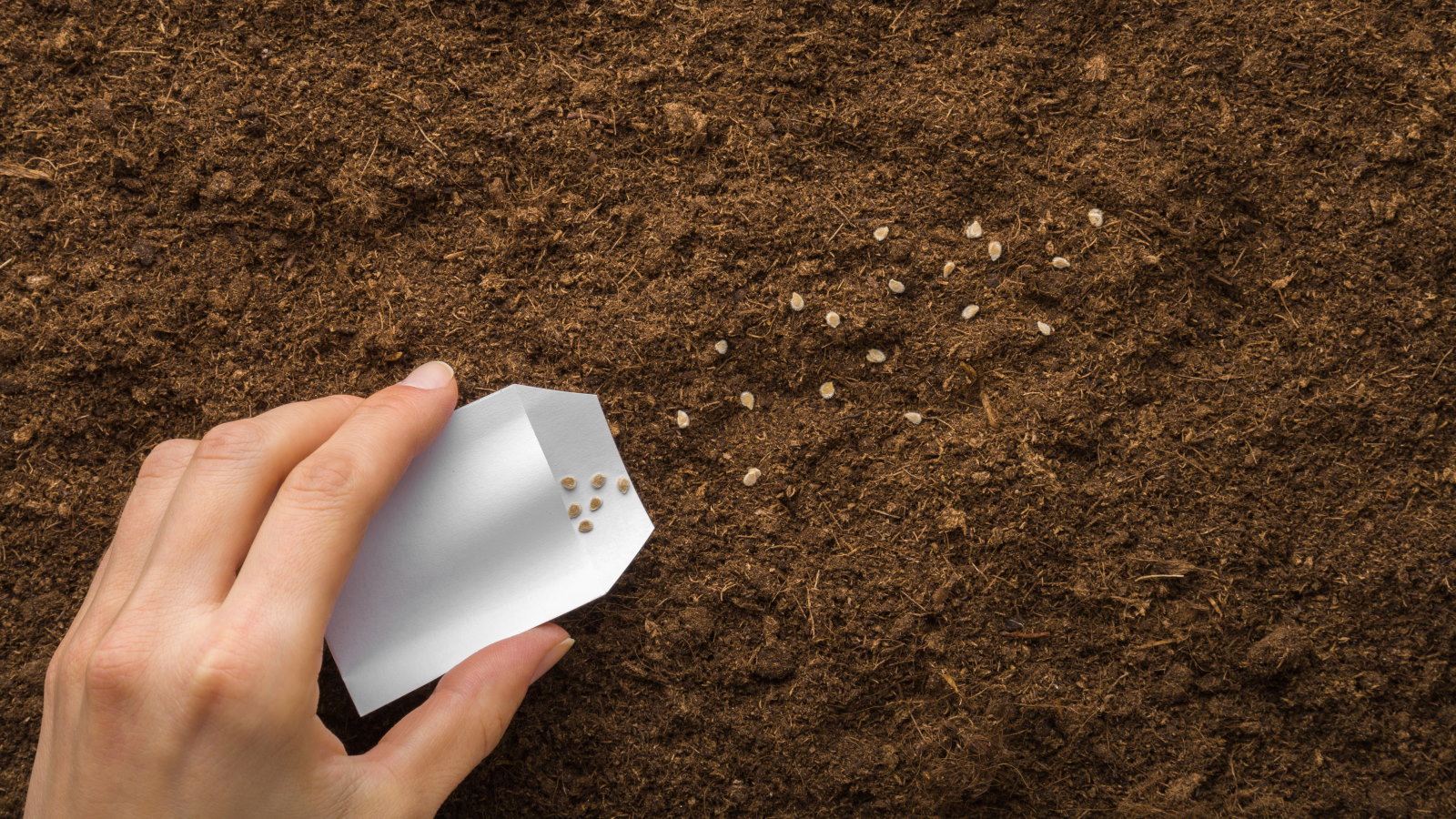
Monty Don has used his gardening blog this month to highlight the various tasks that need to be done in April, including tulip care. Tulips, with their vibrant spring blooms, are a must-have for any garden. They offer a broad spectrum of colours, both bright and pastel, and come in a variety of flower forms and shapes.
Generally, tulips are quite easy to maintain. The bulbs can remain in the ground year after year, growing into large, striking clumps. Alternatively, they can be removed if the space is needed for other plants or if summer bedding plants are to be cultivated there.

However, Monty pointed out one simple error that could endanger the bulbs: incorrect watering. Watering tulip plants should be kept to a minimum. By forgetting about them after planting the bulbs in autumn, gardeners are doing them a favour.
Tulips planted in the ground require very little water and can easily rot or develop fungus if left in standing water. However, watering tulip bulbs in pots is a slightly different matter. Plants in containers dry out much quicker than those in the ground and, therefore, require more frequent watering, and tulips are no exception.
Despite what some gardeners may believe, rainwater alone is insufficient to keep their tulips healthy. Monty said: “Because they have been so passive for months and because April is traditionally so showery, it is easy to overlook the fact that tulips need water once they are growing strongly, so I water those growing pots weekly.” To care for tulips in containers, ensure the compost doesn’t become waterlogged but drains effectively.
Check the top inch (around 2.5 cm) of compost in the container; if it's dry, water it until moist. Watering tulips takes no more than 10 seconds and has a significant impact on their blooms the following year.
Monty explained: “This will not affect flowering this year (although it might make the blooms last longer) but will help the foliage, which in turn makes a big difference to next year’s bulbs.” It’s common to start tulip bulbs in pots before moving them to the ground after blooming. However, this isn’t feasible for everyone, such as those living in flats or without gardens.
Fortunately, tulip bulbs can stay in pots after they finish flowering. The critical period begins after they bloom when the bulbs begin to rebuild and develop buds for next year’s flowers, requiring care and attention to thrive. Once tulips have bloomed, it’s important to deadhead them promptly.
This can be done by gently pulling or cutting off the wilted flower and the seed pod that forms behind it while leaving the flower stems and leaves to wither naturally. Avoid removing the foliage before it has turned yellow or brown or tying it into tidy knots, as the bulbs rely on the leaves for nourishment..















